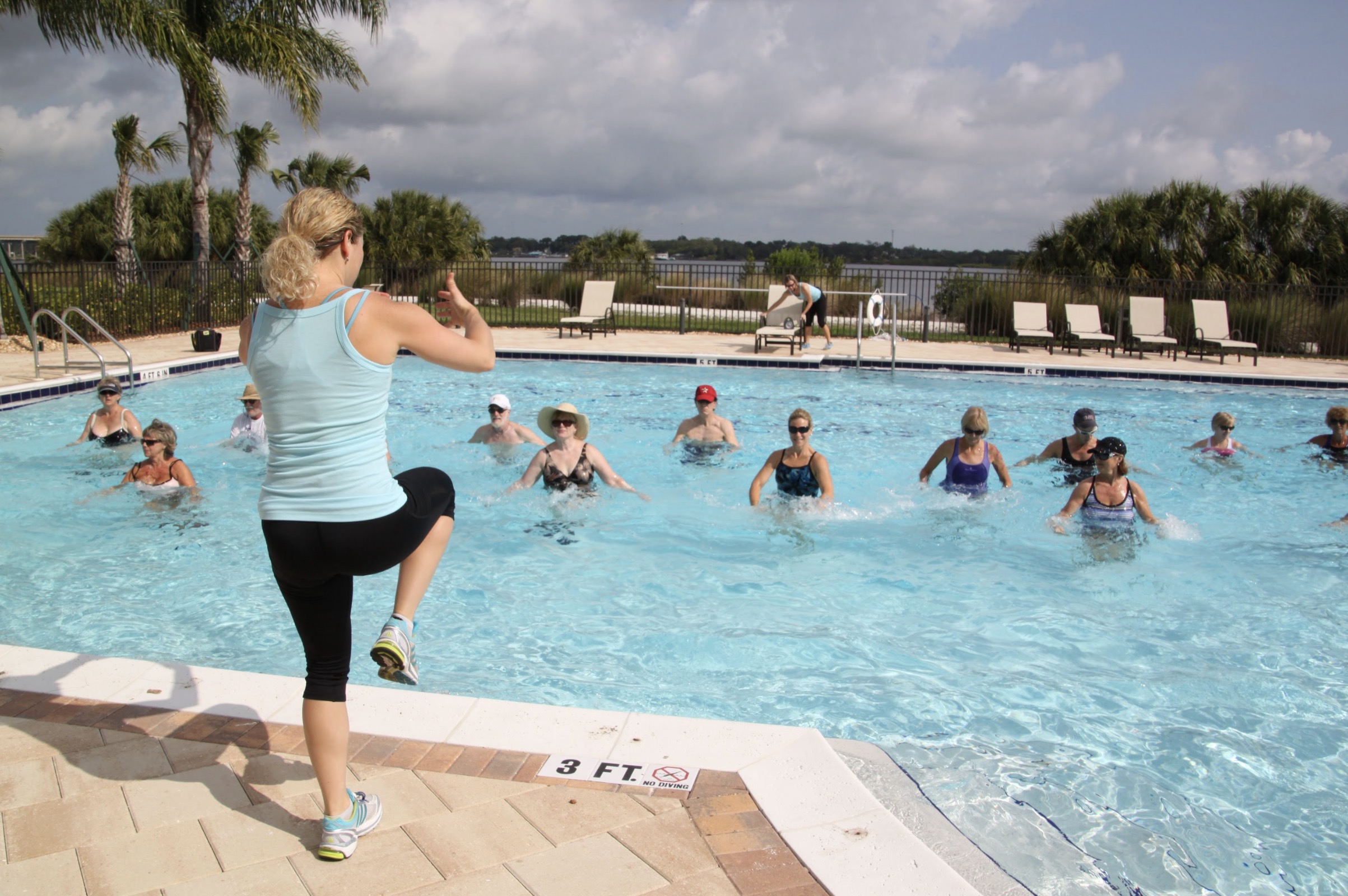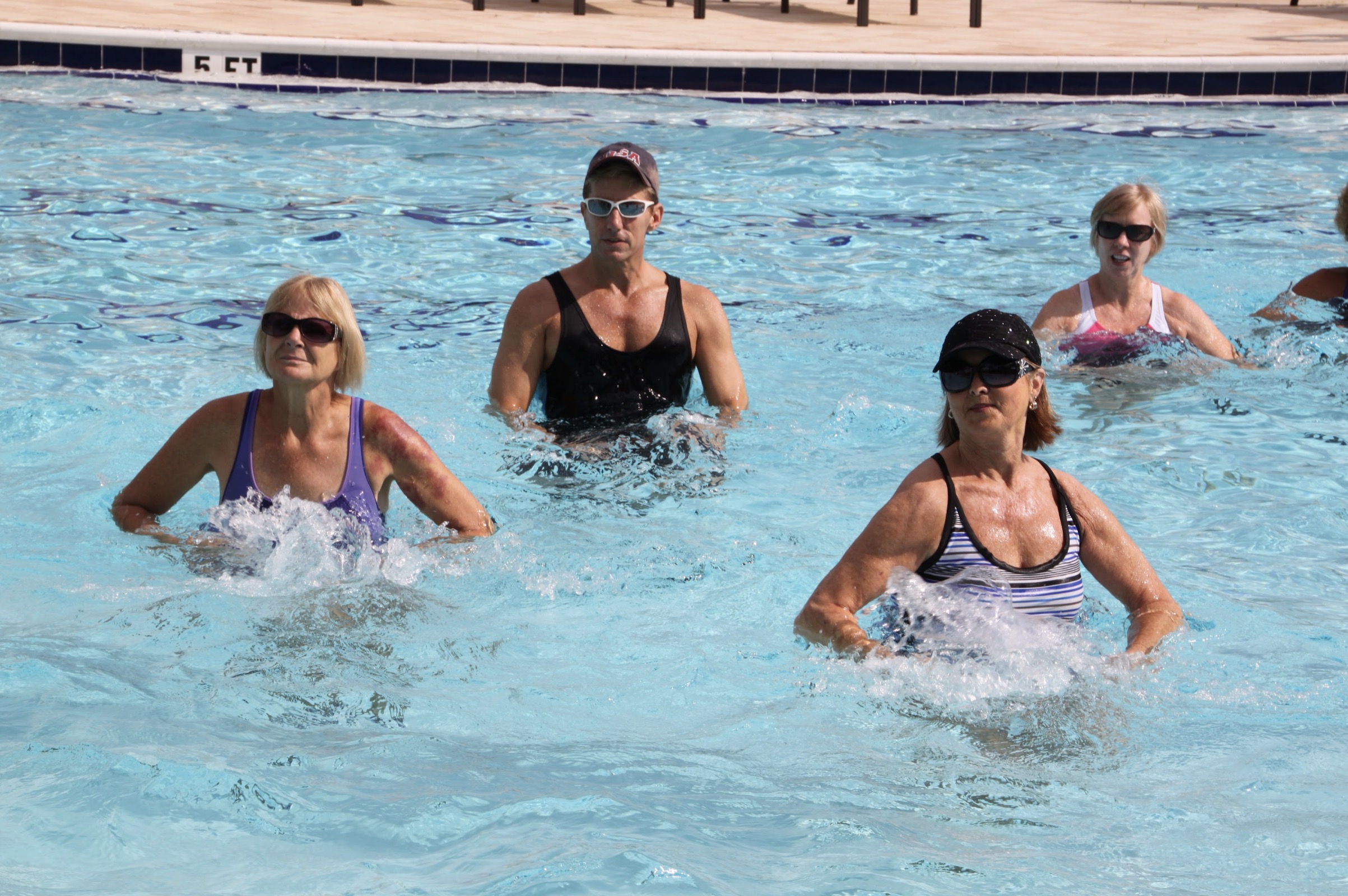When it comes to exercise, intensity can completely change the focus and results of your workout. Whether you’re jogging in the pool or performing a yoga pose, how intensely you approach the exercise determines which aspects of fitness you target—cardio, endurance, strength, flexibility, or cognitive function.
The relationship between intensity and fitness components can be outlined using an intensity scale. For example, cardiorespiratory endurance spans a wide range of intensities from light to very hard, while muscular strength and endurance requires greater effort, typically at higher intensities.
Interestingly, flexibility and neuromotor function do not have specific intensity recommendations, as these are best served by focusing on feeling the movement itself rather than the intensity.

Breaking Down the Fitness Components
1. Aerobic Endurance
Aerobic endurance is critical as it measures the cardiovascular and respiratory systems’ ability to deliver oxygen to muscles. Exercises that fall within the light- to low-end of vigorous intensity are aerobic. To improve aerobic capacity, a higher intensity range of 5-8 on a 10-point scale, or moderate to vigorous, is necessary.
2. Muscular Endurance
Muscular endurance is measured by how many times you can repeat or sustain a movement over time. Water is an excellent medium for this type of training because it is 800 times denser than air, providing constant resistance. Endurance training focuses on repetition with moderate- to hard-effort levels.

3. Muscular Strength
Strength is the maximum force that can be exerted against resistance in a single repetition. In water, strength can be targeted through a combination of force and speed—known as “power”—performed at very high intensity. This feels very hard and is typically achieved at 80% effort or greater.
4. Flexibility
Flexibility is about the length a muscle can reach at its end range, while mobility refers to a joint’s ability to move through its range of motion. In water, flexibility is often discussed in terms of mobility, emphasizing the joint’s active movement.
5. Neuromotor Function
Neuromotor benefits occur at all intensity levels. Aerobic training is vital for the growth of the hippocampus, a brain region important for learning and memory. Neuromotor training typically happens at moderate to vigorous levels but can also be influenced at lower intensities when learning new movements.
The takeaway
Intensity plays a pivotal role in shaping the outcome of your fitness regimen. By understanding how to adjust the intensity of your workouts, you can specifically target different components of fitness, leading to more effective and satisfying results. Whether you’re aiming to enhance your endurance, build strength, improve flexibility, or boost cognitive function, intensity is the key to unlocking your fitness potential.
Want to start seeing your best results? Learn more about Wavemakers where the intensity scale is a part of every workout.
